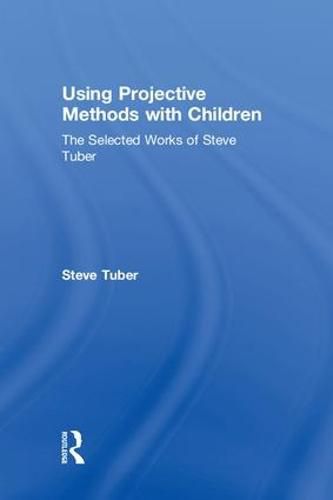Readings Newsletter
Become a Readings Member to make your shopping experience even easier.
Sign in or sign up for free!
You’re not far away from qualifying for FREE standard shipping within Australia
You’ve qualified for FREE standard shipping within Australia
The cart is loading…






Nominated for a 2018 Gradiva Award for Best Book by the National Association for the Advancement of Psychoanalysis, Using Projective Methods with Children is an enhanced synthesis of Steve Tuber’s previously published research on the study of projective methods to assess the representations of self and others, as well as the actual interpersonal experiences children internalize in the form of these representations. Integrating conceptual and empirical work, with an emphasis on the Rorschach Inkblot Method (RIM), the book offers unique, evidence-based information on the importance of assessing particular aspects of a child’s inner self. The studies cover a broad range of topics such as dreams, anxiety disorders, political oppression, homelessness, and multiculturalism, and each is supplemented with an analytical introduction. A section that discusses future areas of research is also included.
$9.00 standard shipping within Australia
FREE standard shipping within Australia for orders over $100.00
Express & International shipping calculated at checkout
Nominated for a 2018 Gradiva Award for Best Book by the National Association for the Advancement of Psychoanalysis, Using Projective Methods with Children is an enhanced synthesis of Steve Tuber’s previously published research on the study of projective methods to assess the representations of self and others, as well as the actual interpersonal experiences children internalize in the form of these representations. Integrating conceptual and empirical work, with an emphasis on the Rorschach Inkblot Method (RIM), the book offers unique, evidence-based information on the importance of assessing particular aspects of a child’s inner self. The studies cover a broad range of topics such as dreams, anxiety disorders, political oppression, homelessness, and multiculturalism, and each is supplemented with an analytical introduction. A section that discusses future areas of research is also included.